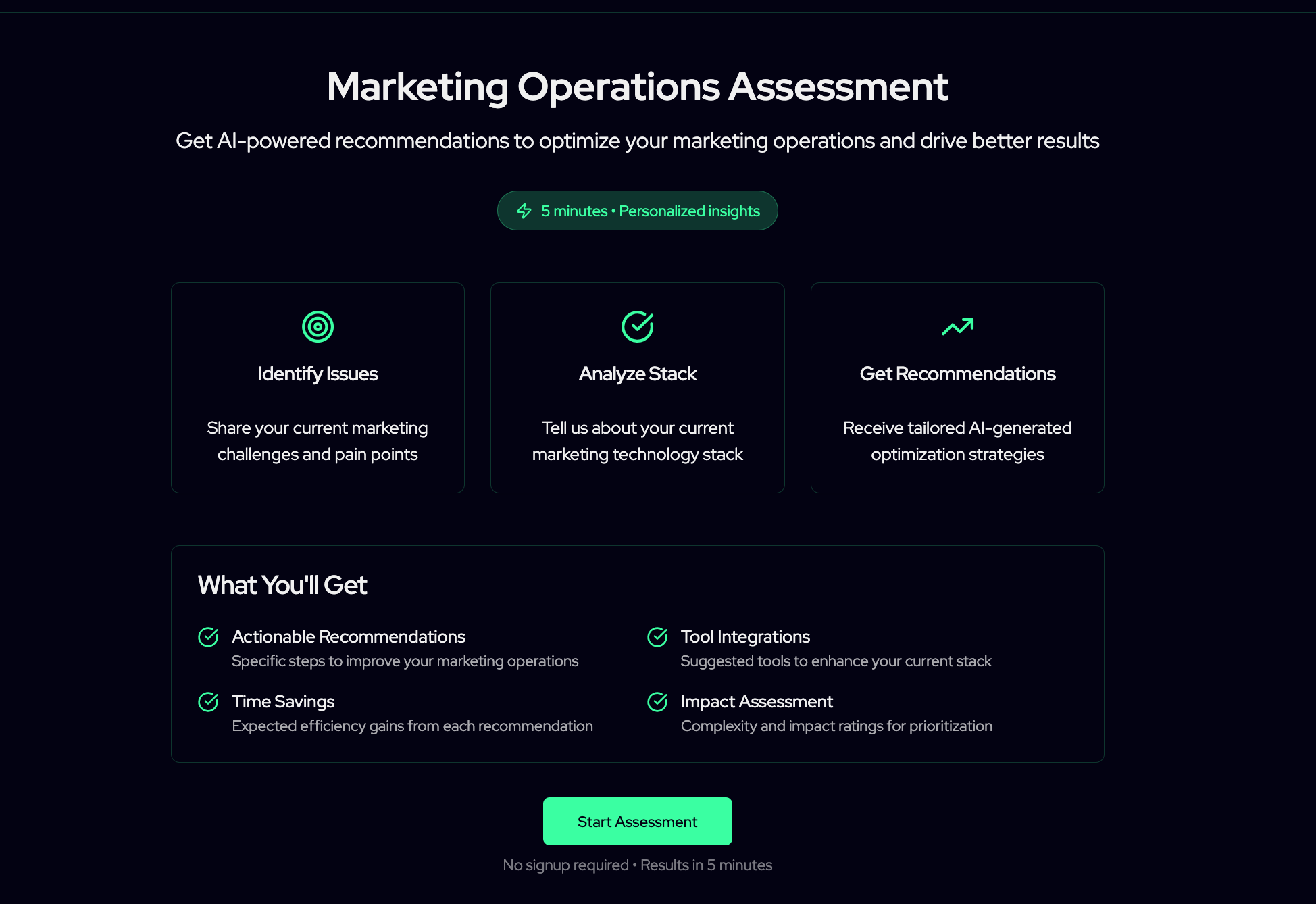A Martech stack (short for marketing technology stack) is the set of tools marketers use to plan, execute, and analyze their campaigns. It includes CRMs, email platforms, data analytics tools, CDPs, attribution platforms, and more.
But here’s the problem:
Most Martech stacks are bloated, disconnected, and underperforming—costing companies time, budget, and growth.
And if you’ve ever spent hours pulling inconsistent data from different tools just to explain your CAC in a meeting—you’ve felt the pain firsthand.
Top Reasons Why Martech Stacks Fail
Let’s break down why marketing tech stacks fall apart:
1. Lack of a Clear Martech Strategy
Most stacks grow reactively. A new PM adds Mixpanel. A growth marketer adds Hotjar. Before long, no one knows which tools are essential or how they work together.
2. Tool Overlap and Redundancy
We’ve audited dozens of stacks with:
- Two CRMs in use
- Three different tools tracking the same user events
- Four dashboards telling conflicting stories
That’s not efficiency. That’s chaos.
3. No Martech Governance
Without clear ownership, naming conventions, or structured tracking plans, marketing analytics quickly become unreliable. When teams can’t trust their data, they stop using it.
4. Disconnected Systems
Martech tools often don't integrate properly, leaving key data isolated. This breaks attribution, leads to inconsistent KPIs, and slows down reporting cycles.
How to Audit and Optimize Your Martech Stack
Before you add any more tools, pause.
The first step is to audit your current Martech stack.
That’s exactly why we built the Martech Generator—a free tool to help teams map and assess their tech stack in under 10 minutes.
With it, you can:
- Categorize tools by lifecycle stage (acquisition, retention, analytics)
- Spot underused or redundant platforms
- Identify where data is fragmented or missing
- Get a visual stack report to share with your team
🎯🎯🎯 Try the Martech Generator here →
Why Fixing Your Martech Stack Alone Isn’t Enough
Fixing your tools won’t matter unless you connect them to a strong marketing analytics foundation.
Even after cleanup, most companies still struggle with:
- Unclear definitions for core metrics like CAC, LTV, ROAS
- Conflicting numbers across dashboards
- Manual reporting that slows down decision-making
Benefits of Fixing a Broken Martech Stack
When your Martech stack and analytics are aligned, you’ll:
- Reduce tool costs and tech debt
- Gain clarity on acquisition performance
- Improve campaign attribution accuracy
- Speed up reporting and decision-making
- Build trust in your data across teams
In other words: you’ll actually use the tools you’re paying for—and make decisions based on truth, not guesswork.
FAQ: Optimizing Your Martech Stack
What is a Martech audit?
A Martech audit is a full review of your marketing tech stack to identify overlaps, inefficiencies, missing tools, and integration issues. It’s the first step to better marketing analytics.
How do I know if my Martech stack is broken?
Some signs include: conflicting data between tools, unclear ownership, underused subscriptions, and reporting delays. If you’re not getting clear, timely insights—your stack likely needs work.
What tools does your Marketing Analytics Package support?
We work with GA4, Amplitude, Mixpanel, HubSpot, Segment, Rudderstack, and others. The package is tool-agnostic—we focus on getting your system working, not selling you software.
How long does it take to implement?
Most teams complete the implementation in 3–4 weeks. We handle setup, QA, and training—so your team can focus on execution, not troubleshooting.
Is this just for B2B companies?
No. We work with both B2B and B2C businesses—from SaaS to marketplaces to fintech. If you rely on marketing data to grow, this is for you.
Final Thoughts
Your Martech stack should power growth, not block it.
If you’re stuck in tool sprawl and data chaos, take 10 minutes today to audit your setup.
✅ Step 1: 🎯🎯🎯Use the Martech Generator
✅ Step 2: Align your stack with your analytics
✅ Step 3: Grow with clarity

.svg)





